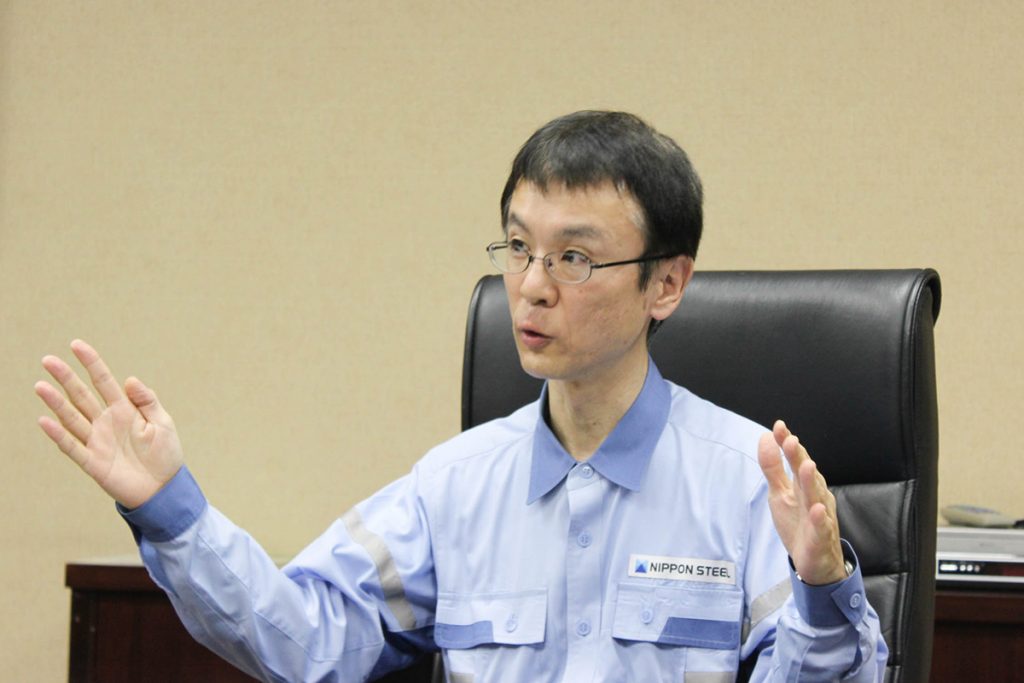12/25/2020
Innovation front line: Tackling decarbonization challenges
Age of iron-making using hydrogen may be just around the corner
Ultra-innovative technology
Already, efforts are underway to develop further technologies using the knowledge that has been acquired through the project. One such technology aims to improve the rate of hydrogen reduction in blast furnaces. Further ahead, the researchers are within sight of “hydrogen reduction smelting,” a new technology that reduces iron ore using only hydrogen without using a blast furnace. Reduction of carbon dioxide emissions to zero by 2100, the target of the steel industry, would not be achieved without developing these “ultra-innovative technologies” in the first place.

The biggest hurdle is ensuring procurement of hydrogen. If the hydrogen reduction technology is to be used in actual production, hydrogen from coke ovens would not be enough to maintain meaningful levels of output. As hydrogen is expected to be used in wide-ranging areas, including both automotive and consumer, “we expect it to be developed and introduced as an energy carrier for a common social infrastructure,” a Japan Iron and Steel Federation insider said. In particular, hydrogen used in making steel, a basic material, needs to have a stable supply infrastructure and make economic sense.
In Japan, the first modern blast furnace was created in the Ansei Era (1854-1860). Nearly 200 years later, an age of steel made using hydrogen and zero-carbon steel is expected to arrive. The wave of change washing over the key industry is a driving force that may realize a sustainable world.


